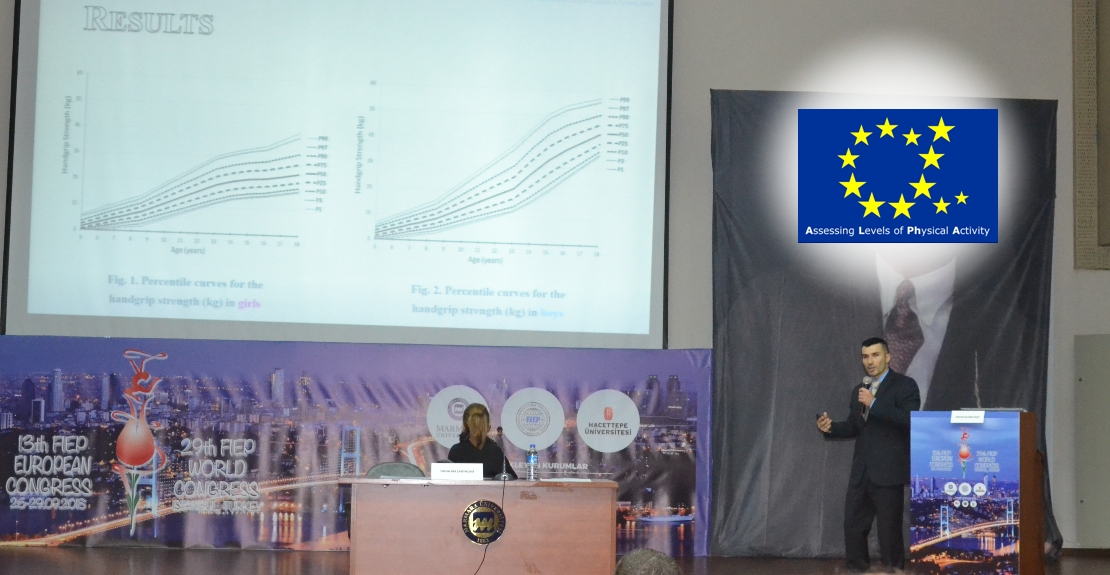Physical Fitness Norms in Children and Adolescents

Dr Stefan Kolimechkov
STK SPORT - GYMNASTICS COACHING
Physical fitness plays a huge role in children's development [1], and in order to assess and evaluate the level of fitness, as well as to monitor the fitness status of the population, researchers, teachers and coaches are using normative reference values (also called percentile scores).
What are normative reference values?
These values are numbers from 1 to 100, grouped in different tables, for each gender and age, and they help us to evaluate the level of physical fitness of each individual regardless of gender- and age-specific differences.
How to interpret the reference values?
Using normative reference values provides a valid and reliabe way to assess the fitness of an individual because they take into account the growth and development of the children, as well as the gender differences in certain components of physical fitness. The scores are very easy to use and understand. For instanse, if a child has a percentile score of 80 for a particular test, that means that this child has higher level of physical fitness than 80% of children at the same age and gender. For evaluation of the results, schools and sport clubs can apply the following scale:
< 10th percentile |
Poor |
10th - 24th percentile |
Medium |
25th - 74th percentile |
Good |
75th - 89th percentile |
Very Good |
90th - 100th percentile |
Excellent |
Where can I find norms of physical fitness in children?
Physical fitness references in children and adolescents have been reported throughout the years, but there is still a reference gap between 9.9 and 12.9 years without percentile scores in the European published norms for handgrip strength, standing long jump, 4x10m shuttle run tests(4x10m SRT), and 20m shuttle run test (20m SRT) [2]. In 2018, my colleagues and I propose physical fitness percentile scores for the main health-related fitness (which are applied in the Alpha-fit test battery), obtained by a linear interpolation of existing European physical fitness references. I presented those normative reference values at the 13th FIEP European Congress in Istanbul, in 2018 (VIDEO IS ATTACHED BELOW), and then we published them in the European Journal of Physical Education and Sport Science in 2019. You can access all of them below.
Video formats: MP4 | watch on YouTube
Normative Reference Values
The interpolated normative reference values for children and adolescents are presented below for the following fitness tests:

References
1. Kolimechkov, S. (2017). Physical Fitness Assessment in Children and Adolescents: A Systematic Review. European Journal of Physical Education and Sport Science, 3(4), 65-78.
2. Kolimechkov, S., Petrov, L., & Alexandrova, A. (2019). Alpha-fit test battery norms for children and adolescents from 5 to 18 years of age obtained by a linear interpolation of existing European physical fitness references. European Journal of Physical Education and Sport Science, 5(4), 1-14.